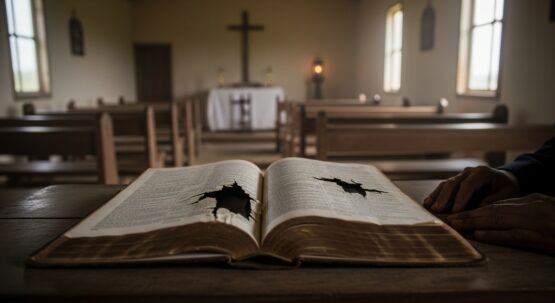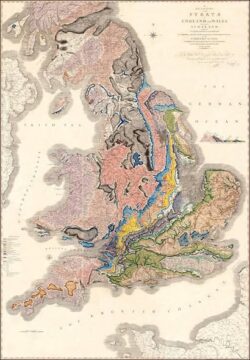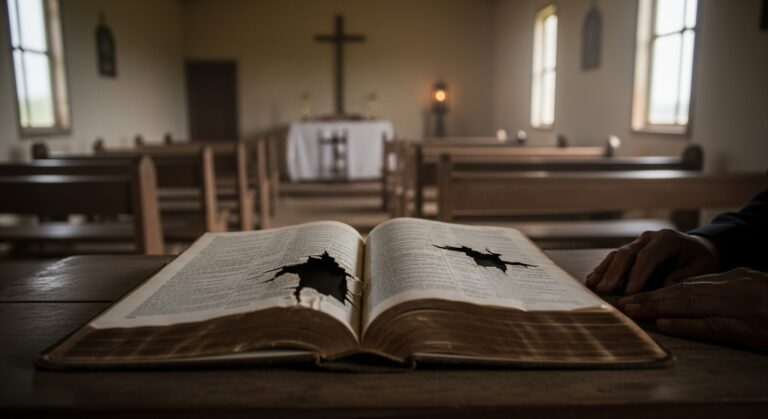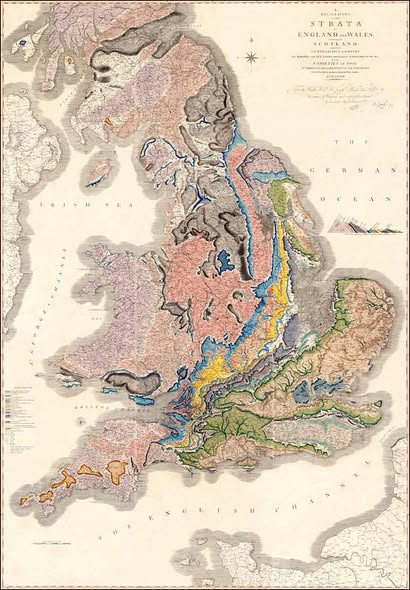They said women weren’t made for science — too delicate for the lens, too emotional for the stars. But on a cold night in 1781, a woman stood in a small garden in Bath, England, her hands steady on a homemade telescope, and quietly proved them wrong.
They said women weren’t made for science. Too emotional for the stars, too fragile for the tools. History books repeated that belief for centuries. But one cold night in 1781, in a small garden in Bath, England, a woman quietly proved them all wrong.
Her name was Caroline Herschel, and what she saw through her homemade telescope changed everything.
It began as a flicker, a faint blur that didn’t belong among the fixed stars. She recorded it carefully, checking again and again through the telescope her brother William had built. The motion was undeniable. The object moved across the sky night after night.
That small discovery was monumental: she had found a comet.
She wrote down her findings in neat, precise handwriting and sent them to the Royal Society in London.
They didn’t quite know what to do with her.
Women couldn’t join scientific societies then. They couldn’t hold titles or receive pay for scientific work. Caroline’s letter had to go through William, her older brother, who was already famous for discovering the planet Uranus. So when her discovery reached the men of science, it did so through his name. They read her words, admired her accuracy — and filed it under his achievements.
But she knew what she had done.
Caroline Herschel had spent years in the background, quietly revolutionizing astronomy. Born in Hanover, she was never expected to live an exceptional life. A bout of smallpox as a child scarred her face; typhus stunted her growth. Her mother, believing her “unsuitable for marriage,” kept her home to clean and sew. It was her brother who rescued her from that narrow future, inviting her to England to sing in his concerts.
Music paid the bills. But the stars became their obsession.
At first, Caroline helped William polish mirrors, record data, and calculate measurements by candlelight. She worked through the nights, fingers stiff, eyes sore. She learned the constellations by heart. Over time, she became his full partner — even if the world refused to call her that. When William was appointed royal astronomer to King George III, Caroline became his assistant. Unpaid. Uncredited.
Until that comet.
It was September 1st, 1786 — five years after her first observation of one. This time, there was no doubt, no filter through her brother’s reputation. Caroline Herschel’s name appeared on the official report: Discovered by Miss Herschel. She became the first woman in history recognized for finding a comet.
And she didn’t stop there. Over the next decade, she would find seven more. Each one patiently tracked, measured, and reported. She also helped catalog over 2,500 nebulae and star clusters — work that would shape the field of astronomy for generations.
Still, the recognition came slowly. Even when King George granted her a modest salary, it wasn’t for “scientific merit” but for “assisting her brother.” It was, however, a first — the first time a woman was paid for scientific work.
She kept her head down, continued working, and let the results speak.
By the time she died in 1848, Caroline Herschel had lived through nearly seven decades of discovery. She’d seen the skies mapped more clearly than ever before, watched telescopes grow vast and precise, and witnessed her own contributions ripple quietly through the scientific world.
Yet even now, her name often hides in the shadow of William’s. Textbooks mention her in passing — “his sister, Caroline.” But the truth is, without her meticulous notes, her constant recalculations, her long, sleepless vigils beside the telescope, much of what we know about the heavens might have taken far longer to find.
Her notebooks survive. In their pages, her handwriting runs tight and even — not poetic, but exact. There’s no trace of complaint, no self-pity. Just careful, relentless curiosity.
And that’s what makes her story quietly revolutionary.
She didn’t storm institutions or demand equality. She did something harder. She worked so carefully, so persistently, that the universe itself had to acknowledge her. Every comet she discovered was a quiet rebellion — proof that truth doesn’t care who observes it.
Even in her later years, living back in Germany, she kept watching the skies. When younger astronomers visited her, they found a tiny, sharp-eyed woman surrounded by old instruments and papers, still talking about nebulae, still asking questions.
In 1828, the Royal Astronomical Society finally awarded her its Gold Medal — the first woman to receive it. It would be sixty-eight years before another woman did.
And yet, outside those circles, few remember her name. Maybe because her story doesn’t fit the neat narrative — not the loud rebellion, not the overnight genius. Just quiet brilliance that refused to fade.
Somewhere, far above, the comet she found still traces its invisible path through the dark — a faint reminder that one woman, working in silence, changed how we see the universe.
If this story made you pause, don’t let it disappear again. Look it up. Read the records. The truth is there if you search for it.
Follow us on Facebook and Instagram for the latest updates and exclusive content!










